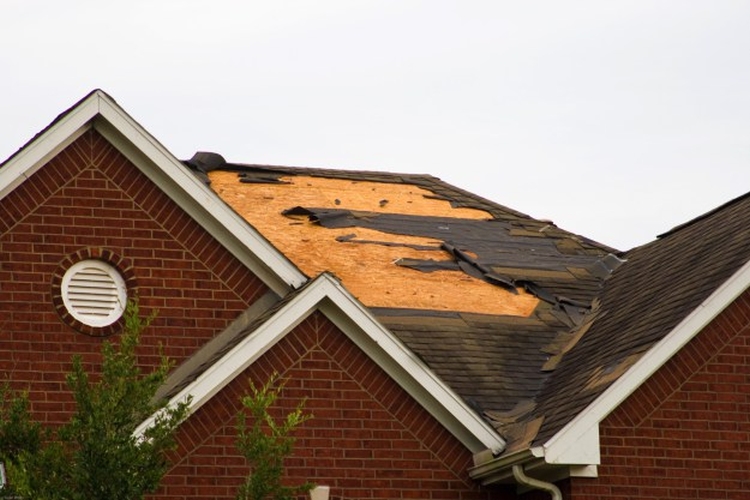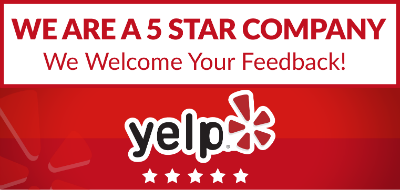YOU LIVE IN A COASTAL AREA?

If you have lived in the coastal areas southeast Texas metro area for any length of time. Chances are that you have most likely either experienced roofing HAIL DAMAGE or have at least witnessed what type of damage an intense WIND STORM can cause by watching the local news.
For Texas homeowners, an experience of these types of weather can end up being quite a costly event if you end up having your Siding, Roofing Shingles or Windows damaged or destroyed by one of these aggressive storms.
With all of the Gulf moisture and wind we have here in Texas, coupled with the dryer air in the northwestern part of the state, often makes for the perfect storm environment. Keep in mind that much of this article has information related to re-roofing your home is specific to the coastal windstorm requirements. However, even if your home is located in the inland areas of southeast Texas, the methods shared here in this article can be utilized to make for a much improved overall roofing installation.
Calling Your Insurance Company After A Hail or Windstorm
Don’t delay, make this call to your homeowners insurance company right away. They will send an adjuster to come out to your home to assess your situation and inspect for Wind Storm and Hail Damage. The insurance adjuster will take a comprehensive look at the damage done to your roof and home in order to come up with figures for the cost of replacement.
If you are not satisfied with the total cost of replacement the adjuster comes up with, you can request that a second adjuster come out and re-inspect to provide you with a second set of figures for your home and/or roof replacement. Note, the cost might be the same if the findings are the same.
Your New Roof After A Storm
This article is packed with information as the TEXAS DEPARTMENT OF INSURANCE (TDI ROOFING STORM) is here to help guide you in preparation of your new roofing installation. TDI, has specific guidelines for your new roof to be installed up to their windstorm specifications as can be found outlined on their website in order to obtain your WPI-8 CERTIFICATE. This will also protect you as a Texas coastal homeowner from having a roof installed that may risk not meeting Texas Windstorm Insurance (TDI) Requirements.
Hand Nailing is a Requirement for Your New Coastal Roof
Hand-nailing is only necessary for the Texas Coastal areas where there is increased wind coming from your home being located in closer proximity of the coast and extreme wind areas. When a pneumatic roofing gun is used to drive in roofing nails, it can over-drive the nails into the roofing shingles that you have selected to be installed which will be cause for a failed inspection.
When using hand-nailing method for installing roofing shingles, the head of the hammer is much bigger than the nail and thus acts as a stop for the nail from being over-driven into the shingles. This in turn holds the shingles to the decking better making them less resistant to being blow off. TDI will inspect the roof during the progress of the job to ensure proper installation of the roof for windstorm. This is an absolute requirement as your insurance company will require a WPI-8 CERTIFICATE for continued insurance coverage of your home. Note that hand-nailing is not needed nor required outside of the wind zone areas.
Six Nails Per Shingle
The six nails per shingle goes along with the above, hand-nailing, which requires the addition of more nails per shingle. These additional nails will provide additional security to the shingles making the roofing shingles harder for the wind to pull off and/or tear during a Texas windstorm situation. The installation of six nails per shingle is another one of the requirement for WPI-8 Certificate of Compliance.
Ice and Water Membrane
Another advanced roofing technique that is a WPI-8 Certificate requirement is the use of an Ice and Water Membrane made from a flexible rubber- like substance that is self adhering.
This advanced sticky membrane product is applied directly to your roof deck, (plywood). The membrane (shield) acts like a second line of defence to catches any water that might make it’s way under flashing, valleys, protrusions and/or the perimeter of your roof surface area. Even if you were to poke a nail through this protective membrane.
The locations on your roof where we apply this Shield, which are recommended by TDI, (Texas Department of Insurance) is in all of the valleys, along the sidewalls, chimneys and around all of the roof protrusions. These are areas that historically have been prone to leaks and seepage. Installing an added layer of protection, of Ice & Water Shield, will help ensure that wind-driven rain will NOT make its way into your home. Now this provides peace-of-mind for you for your Texas coastal home many years to come!
Storm-Safe Starter Strip Shingle
When the wind is blowing and and your family is safe inside, that last thing you want is for the roofing shingles on your home to be blown off from your roof allowing water to enter the inside of your home.
When your roof was installed, there is a pretty good chance that the roofer or roofing company did not install a starter strip with an adhesive along the edge of the shingle very close to the drip edge.
This adhesive strip prevents your roofing shingles from being torn off by starting at the very edge and continuing up your roof like a domino rippling effect. Once the wind gets under the first shingle, it acts kind of like a parachute that adds a pulling force which cascades up your roof from one shingle to the next as more and more shingles begin to tear off along with them.
What Is A WPI-8 TDI Windstorm Certificate?
This is a question that many Texas coastal homeowners ask when it is roof replacement time. A WPI-8 Windstorm Certificate is a required document certifying that a new roofing installation in the coastal wind areas has been inspected by and is up to code with the Texas Department of Insurance coastal wind requirements.
This certificate verifies to your insurance company that your new roof was installed to the Texas Department of Insurance coastal wind code requirements. Regardless of what insurance company that you are using, you will need this certification when you replace your roof. If you do not get the Texas State required WPI-8 Certificate, your insurance company will NOT renew your insurance policy when renewal time comes around.
A roof installed to these specifications is to your best interest as well so it is important to be sure to obtain this certificate as it confirms that your new roof was installed to the Texas Department of Insurance coastal wind code and will not blow off as easily in a windstorm situation. Ensuring the roofing contractor does what is needed for this the first time around will cost much less than learning about it from your insurance company long after the job has been completed!


















